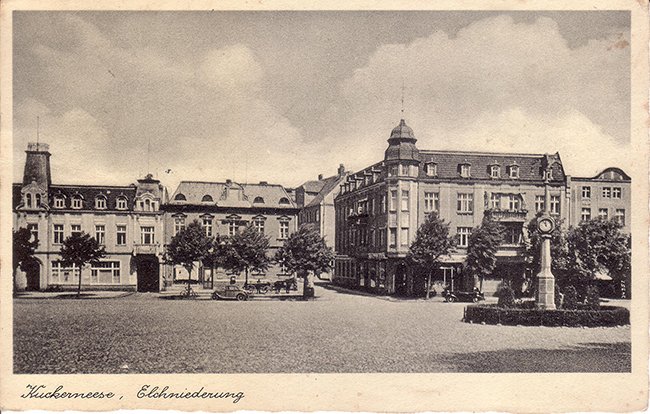Kaukemen (Yasnoye) - Past and Present
The village with the poetic name of Yasnoye is located in the very north-east of the Kaliningrad region, not far from the Lithuanian border. From 1938 to 1946 it was called Kukerneese , and before 1938 it was called Kaukehmen and was part of the Elchniederung (Moose Lowland) kreis (district). As of 1939, the city had 4,492 residents. A significant part of the population of Kukerneese were ethnic Lithuanians. The area between the Memel (Neman) and Gilge (Matrosovka) rivers was revered by the pagan Prussians. According to their beliefs, underground inhabitants (like gnomes) lived here, serving the goddess of fertility Pustaite.
The name Kaukemen (village on Kauke) comes from the Kauke River, which flows into the Gilge. In the second half of the 14th century, the Teutonic Knights built a small castle here, which served as a protective function for the ships sailing from the Curonian Lagoon up the Memel to supply the Ragnit Castle. The Great Elector Friedrich Wilhelm I used the castle in Kaukemen as a hunting lodge back in the 17th century.

Later, in the second half of the 15th century, a settlement appeared near the castle, where fishermen and hunters began to live. The first documentary mention of the village of Kaukemen dates back to 1532. The first preacher appeared here in 1547, and in 1549 the first wooden church was built. Later, the church was rebuilt twice (in 1576 and 1659), until finally in 1702 the construction of a stone building was started. The King of Prussia Friedrich I himself allocated 225,000 bricks for the construction of the required 325,000. The ceremonial opening of the new church took place on December 12, 1706. The new church building could accommodate 1,500 parishioners. In 1722, an organ was installed in the church. In 1884, the wooden bell tower was replaced with a brick one, it had 4 bells. A clock was also installed on the tower. The service was conducted in German and Lithuanian.
In 1661, Kaukemen received the status of a city with the right to hold fairs. At the beginning of the 19th century, the city became the center of the district for some time and the district administration appeared here, which was then transferred to Heinrichswalde.
